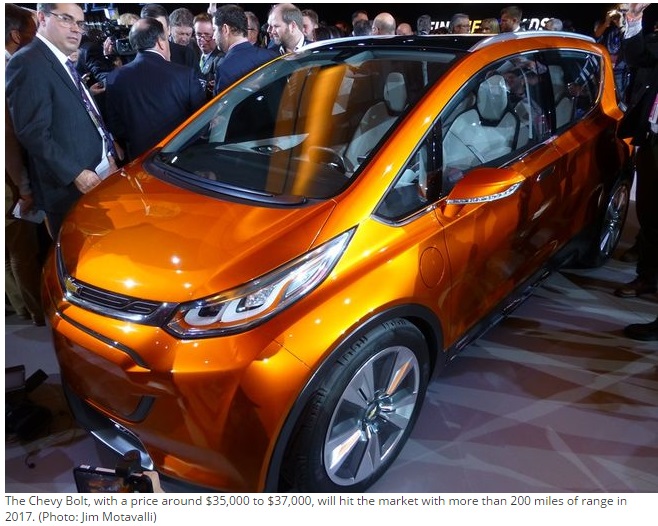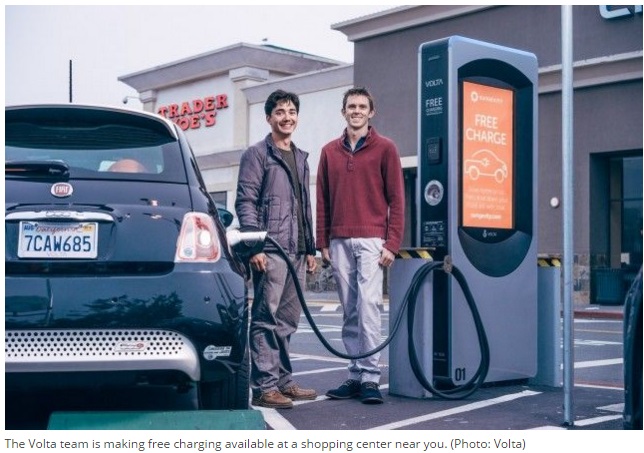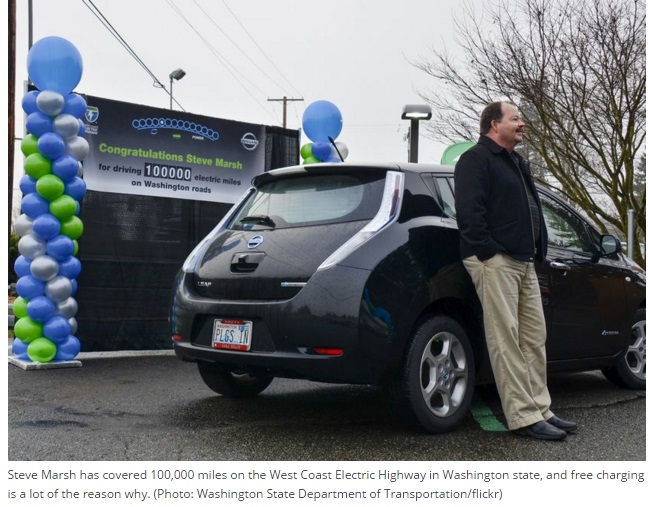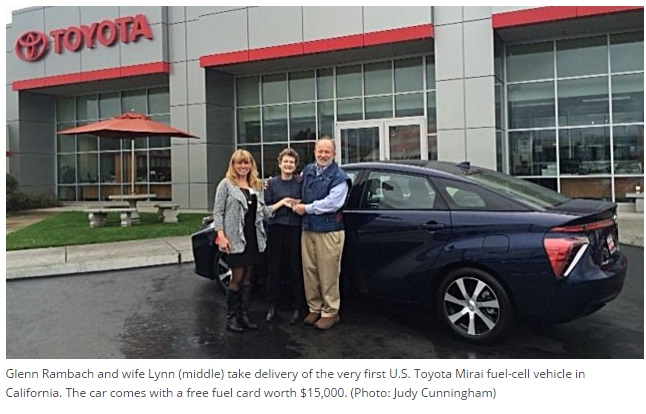
It’s not enough to "be green." To succeed in a tough marketplace, cars have to also be really good, and the economics have to pencil out. In the early years of the electric car, they mostly didn’t — charging was scarce, and high purchase prices trumped low operating costs. By the time you’d paid down the premium to buy the car, you’d be at least eight to 10 years into the purchase or lease.
That’s changing now. Batteries — the main reason EVs are expensive in the first place — are coming down in price 8 to 10 percent annually, at the same time they’re offering more range. We’re soon to see both the Chevy Bolt and the Tesla Model 3, which at least in theory will offer 200 miles on a charge for around $35,000 (the Tesla will probably be a bit pricier).
Subtract the $7,500 federal tax credit, and the $3,000 or so from states like mine, and we’re looking at a sub-$20,000 Bolt. From what we’re hearing, the Bolt actually will deliver that 200-mile range, and perhaps a bit more.
Nissan is now offering its Leaf SV, with a 30-kilowatt-hour battery ( and at least 107 miles of range) at $26,700 (after the tax credit).

Here’s another advantage: free fuel. On Nov. 17, a major automaker is going to announce that its premier plug-in hybrid will come with three years of free 240-volt charges. And there’s already a lot of free public charging out there — perhaps the majority of it is offered at no charge (at my library, for instance). No charge for a charge, isn’t that nice? A company called Volta has made free public charging at major shopping destinations its business, and you’ll find those plugs in Honolulu, San Francisco, Los Angeles, Phoenix, Chicago, San Diego — and maybe your city next.
And, of course, Tesla offers its free coast-to-coast Supercharger network. I know commuters with Model S cars who’ve stopped paying anything at all for fuel, because they’re sandwiched by fast chargers. And Nissan has a “No Charge to Charge” campaign going at stations operated by AeroVironment, Car Charging Group (the Blink Network) and NRG eVgo. The West Coast Green Highway is a chain of EV stations through Oregon and Washington, basically a charger every 25 to 50 miles along I-5. It's not free, but it's convenient.

Since hydrogen vehicles are basically EVs with fuel cells instead of batteries, it’s worth noting that Toyota and Hyundai are giving away free hydrogen with their car leases. With Toyota’s Mirai, drivers get a card they can swipe at hydrogen stations for $15,000 worth of fuel.

“The economics are definitely getting better for buying and operating an electric car,” said Sam Abuelsamid, an analyst at Navigant Research. Why would that big carmaker offer three years of free charging with the car? “Part of it is needing to meet the mandates that they sell a certain number of electric vehicles,” Abuelsamid said. “They need to prop up sales of plug-in vehicles, and this is a way to do it without actually putting cash on the hood [rebates], which hurt the residual value.”
So their loss is your gain, in this case. And you still get to feel good about yourself! A new Union of Concerned Scientists (UCS) reportconcludes that a battery electric you buy today “produces less than half the global warming emissions of comparable gasoline-powered vehicles.” And that’s true even when the bigger emissions of making EVs is taken into account. And the EV will still win when your gas car gets 50 mpg (which is looking increasingly likely).
Of course, as you’ve probably heard, EVs are cleaner in some parts of the country than others. In the coal-heavy Midwest, emissions from EVs charging on the dirty grid are comparable to gas cars getting 35 to 45 mpg. But in the rest of the country, it’s from 51 mpg (Florida) to 87 mpg (California).
Yes, I know that gas prices are reaching record lows. But despite that, the EV deal is still looking very competitive.

